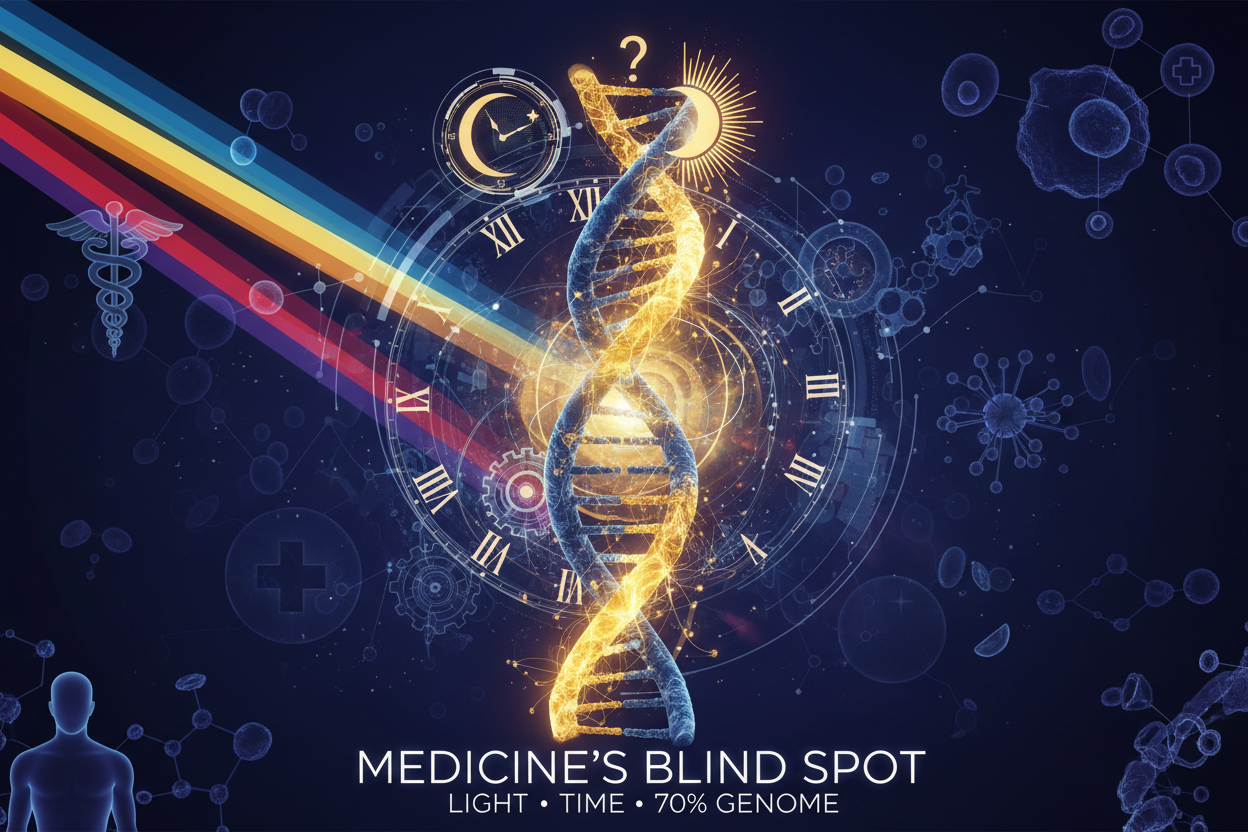
Mobile phone measurably changes brain activity
Is the mobile phone biologically safe?
A mobile phone is today a part of everyday life. We carry it in our pocket, hold it to our ear, place it under the pillow, give it to children to hold. We use it for communication, entertainment, work, and managing attention. It is a device that operates on the principle of radio frequency transmission in the microwave band – and yet we rarely ask what it means biologically.
• Is radiofrequency radiation from a mobile phone physically and biologically neutral?
• How does the body react when it is exposed daily to a low-level but constant electromagnetic field in close proximity to the brain?
• Can regular exposure affect development children's brainwhich is in the phase of rapid plasticity?
• How does it react nonlinear system, how the human brain is to seemingly "small" stimuli?
Public perception is often based on the assumption that "if it were harmful, we would know." But scientific knowledge develops retrospectively – consequences often appear only after decades of widespread use. Radiofrequency fields are no exception. Evidence of their physiological effects already exists – and is increasing.
What did the experiment show?
In 2009, a team of American researchers conducted a study with 47 healthy adults, published in the journal JAMA (Journal of the American Medical Association). The goal was to determine whether an active mobile phone held to the head affects brain activity.
Procedure:
• First day: both attached phones were turned off.
• The second day: one phone was active – a call was in progress with muted sound (the participant did not know which one).
• After 50 minutes, brain activity was measured using PET (positron emission tomography), which displays glucose metabolism in individual parts of the brain.
Result:
It has occurred statistically significant increase in metabolism in the area of the orbitofrontal cortex (closest to the phone antenna) by approximately 7 %.
How to interpret 7%?
From the perspective of linear thinking, 7% may seem like an insignificant deviation. However, in biology, a linear scale cannot be applied. The brain is a highly nonlinear, sensitive, and dynamically interconnected system.
That means:
• Small local changes can disrupt the synchronization of neural networks, affect electrical activity and disrupt feedback regulatory loops.
• Orbitofrontal cortex is a key control center for decision-making, self-control, social behavior, and planning.
• If this area is repeatedly stimulated, its functional organization and long-term setup.
Nonlinear systems respond to repeated or rhythmically recurring stimuli accumulatively. Even a seemingly small change in input can thus lead to qualitative transition to a new state (e.g., a shift in behavior regulation).
What does this mean for everyday use?
Calling with the device held to the head for 50 minutes caused a measurable change in the brain's metabolic activity. Mobile phone users this situation repeat daily, often several times.
From this it follows:
• The brain is not a passive organ. It is an adaptive system that responds to external stimuli structurally and functionally.
• Repeated exposure of the field to a specific area can change neural plasticity and strengthen certain circuits.
• Long-term exposure therefore does not have to be neutral – especially in the case of areas responsible for cognitive control and social regulation.
Children: higher absorption, higher risk
The child's skull is thinner, the brain has a higher water content – therefore higher dielectric constant. Electromagnetic waves thus penetrate deeper and are absorbed in a larger volume of tissue.
Studies show that children's brain absorbs up to twice the energy compared to the adult brain.
From the perspective of CNS development, it is essential:
• Neuroplasticity in childhood is significantly higher – the brain is shaped according to input signals.
• Exposure to radiofrequency fields does not only concern the head – the radiation also affects hypothalamic-pituitary axis, the key regulatory center of development.
Long-term consequences of exposure during development not known, but from a physical and biophysical perspective, there is reason for caution.
What do we know about other effects?
Sleep
Radiofrequency radiation affects melatonin production, and thus it can disrupt sleep quality, falling asleep, and sleep cycles.
Attention and memory
After exposure to the mobile device, a decrease occurs concentration a short-term working memories, which has been repeatedly measured in both children and adults.
Behavioral regulation
Stimulation of the orbitofrontal cortex can have long-term effects impulsivity, self-control, and the ability to plan.
Tumors
IARC (International Agency for Research on Cancer) classifies radiofrequency radiation as possible carcinogen (group 2B). That means that is there biological plausibility and epidemiological signals requiring further monitoring.
Conclusion: What We Know for Sure
• Brain reacts physiologically on radiation from a mobile phone.
• This effect is measurable, localized, and repeatable.
• Biological systems – especially the brain – do not work linearly.
• Even a relatively small stimulus can cause system change, if it affects sensitive regulatory nodes.
A 7% change in metabolism in the orbitofrontal cortex is not a trivial finding. In the world of electrically and light-controlled neurophysics, this means that the brain changed their employment status under the influence of an external signal.
Long-term effects of repeated exposure are not yet known. But the scientific framework is clear: biological neutrality cannot be assumed for radiofrequency fields.
Technical summary of the study:
• Number of participants: 47 healthy adults
• Study type: double-blind, controlled
• Exposure: 50 minutes with an active phone by the head
• Measurement method: PET – measurement of glucose metabolism
• Result: +7% in the orbitofrontal cortex area
• Publication: Journal of the American Medical Association (2011)
• Authors: Dr. Nora Volkow et al., Brookhaven National Laboratory
Volkow ND, et al. Effects of cell phone radiofrequency signal exposure on brain glucose metabolism. JAMA. 2011;305(8):808–813.



Leave a comment
This site is protected by hCaptcha and the hCaptcha Privacy Policy and Terms of Service apply.